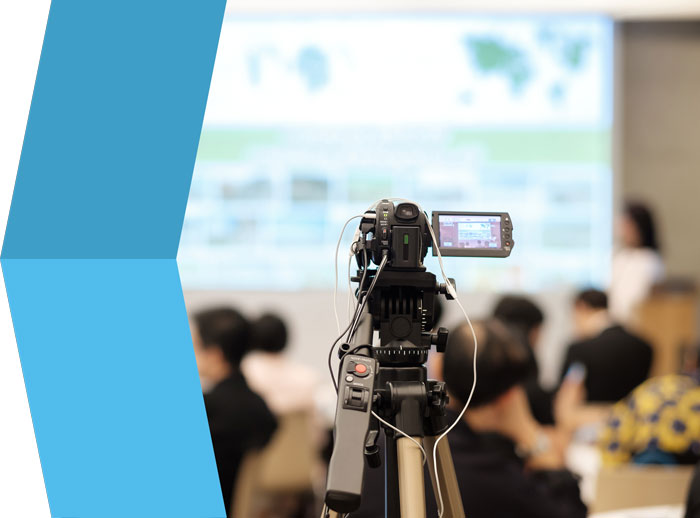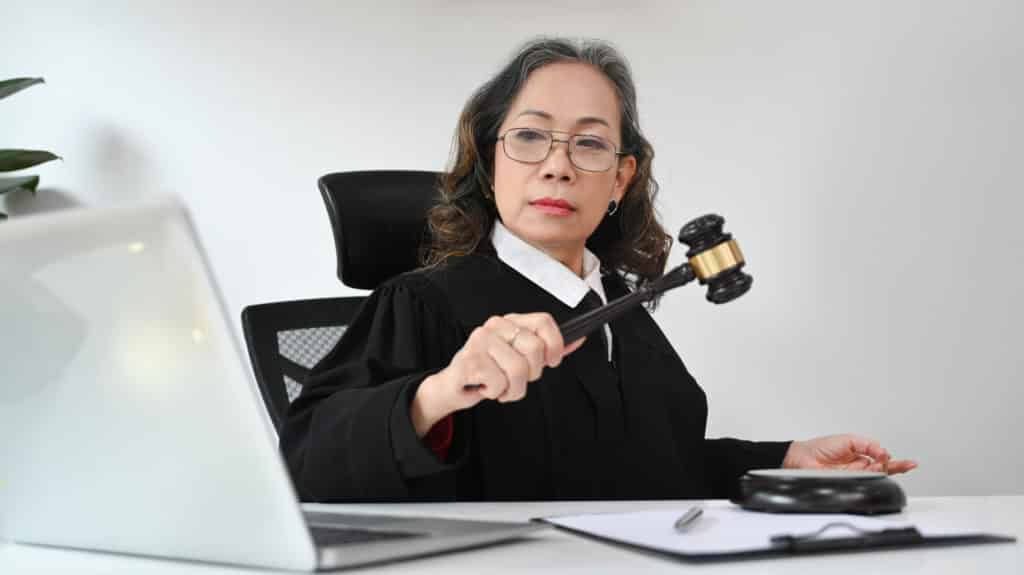How Legal Videography Can Make or Break Your Legal Technique
How Legal Videography Can Make or Break Your Legal Technique
Blog Article
Looking Into the Devices of Lawful Videography: Introduction Its Operation in Shielding Genuine Aesthetic Testimony for Judicial Process
In the world of judicial process, the duty of lawful videography stands as a foundation in protecting and presenting aesthetic proof. As technology continues to breakthrough, the mechanisms behind legal videography have actually become significantly complex, providing a critical layer of credibility to testimonies captured on video.
Historic Evolution of Legal Videography
Analyzing the historical development of lawful videography reveals a considerable makeover in the recording and presentation of visual proof within the lawful landscape. In the past, legal procedures heavily depended on created photographs and transcripts to document occasions and provide proof. Nonetheless, with the development of video clip technology, the lawful market observed a standard change in exactly how aesthetic testament was caught and provided.
The development of legal videography can be traced back to the late 20th century when advancements in video clip recording tools made it a lot more easily accessible for usage in court rooms. This technological advancement not just enhanced the accuracy and dependability of visual proof but also changed the way situations were offered to juries and courts (Legal Videography). Lawyers started to recognize the persuasive power of video recordings in conveying feelings, nuances, and non-verbal hints that created records or pictures alone might not catch efficiently

Innovation Improvements in Video Clip Paperwork
What crucial technical innovations have changed video documents in the lawful area? The lawful area has seen considerable developments in video documentation technology that have actually improved the authenticity and reliability of aesthetic proof in judicial procedures. One of the key innovations is high-def (HD) video recording capabilities, which give crystal-clear photos and sharp details that are essential for accurately recording statements, facial expressions, and various other aesthetic cues. In addition, the combination of timestamping and metadata attributes in video documents devices has made it possible for accurate documentation of when and where the video clip was tape-recorded, ensuring the honesty of the evidence offered in court.
In addition, developments in video clip encryption and watermarking modern technologies have boosted the security and tamper-proof nature of video proof, safeguarding it against unapproved alterations or tampering. The development of cloud storage space remedies and remote access capabilities has streamlined the storage, retrieval, and sharing of video proof, promoting smooth collaboration among legal professionals and guaranteeing effective access to important aesthetic statements when required. These technical improvements in video clip paperwork have actually most certainly changed the lawful field, improving the precision, integrity, and admissibility of aesthetic proof in judicial procedures.
Duty of Legal Videographers in Courtroom Settings
The advancement of video documents innovation in the legal area has required a critical duty for lawful videographers in court settings, making certain the integrity and integrity of visual testaments provided during judicial procedures. Lawful videographers play an essential duty in recording find and preserving exact visual evidence that can be critical in lawsuit. Their duty encompasses establishing up devices, recording procedures, and producing premium video clips that precisely reflect the events in the court room.
In court settings, legal videographers need to comply with strict standards and requirements to preserve the credibility of the visual document. They must have an eager eye for detail and a comprehensive understanding of lawful procedures to make sure that the video they catch is a true depiction of the occasions that took place. Furthermore, lawful videographers typically work closely with legal teams to make certain that the video evidence lines up with the instance's requirements and can be efficiently presented in court to sustain the lawful arguments being made. Generally, the duty of lawful videographers in courtroom settings is vital in promoting the principles of justice and guaranteeing the transparency of lawful process.

Ensuring Admissibility and Honesty of Video Proof
To keep the reliability of aesthetic proof offered in lawful procedures, guaranteeing the admissibility and honesty of video proof is a crucial responsibility for legal videographers. Admissibility refers to the approval of evidence by the court, and for video proof to be admissible, it should fulfill certain standards. Legal videographers play a crucial role in making sure that the video clips they catch adhere to the policies of evidence, such as dependability, authenticity, and relevance.
Integrity of video clip evidence involves maintaining the originality and precision of the video from the moment it is recorded until it is presented in court. This consists of firmly saving the video data, documenting the chain of protection, and preventing any kind of meddling or modifications. Legal videographers need to adhere to strict procedures to ensure the honesty of the video proof and stop any type of challenges to its authenticity.
Future Trends in Legal Videography
Offered the boosting reliance on technology in lawful procedures, legal videographers are positioned to accept innovative advancements forming the future of visual testimony capture and discussion. One of the prominent fads coming up is the integration of digital truth (VIRTUAL REALITY) and increased truth (AR) innovations into lawful videography. These innovations have the potential to reinvent how aesthetic evidence exists in courts, allowing courts and juries to submerse themselves in the scene of the crime or occurrence.
Additionally, using expert system (AI) algorithms for video clip evaluation is expected to simplify the process of examining and analyzing big quantities of video footage. AI can help in identifying crucial minutes, anomalies, and patterns within video clips, boosting the effectiveness of lawful examinations.

Final Thought
To conclude, lawful videography has played a crucial duty in offering genuine visual proof for judicial proceedings. informative post With technical developments and the knowledge of lawful videographers, the integrity and admissibility of video proof are guaranteed in court room setups. As legal click for source videography remains to evolve, it will be necessary to support criteria that maintain the accuracy and reliability of aesthetic testament for the future of legal procedures.
Checking out the historical progression of lawful videography discloses a significant improvement in the recording and presentation of visual proof within the legal landscape.The development of video clip documents technology in the lawful area has actually demanded a vital duty for lawful videographers in court room setups, making certain the honesty and reliability of aesthetic testimonies offered throughout judicial procedures. In addition, legal videographers commonly work carefully with lawful teams to make sure that the video evidence straightens with the situation's demands and can be properly provided in court to support the legal debates being made.To preserve the credibility of aesthetic evidence offered in lawful procedures, guaranteeing the admissibility and honesty of video clip evidence is an important responsibility for lawful videographers. As legal videography continues to advance, it will be crucial to maintain standards that maintain the precision and reliability of aesthetic statement for the future of lawful proceedings.
Report this page